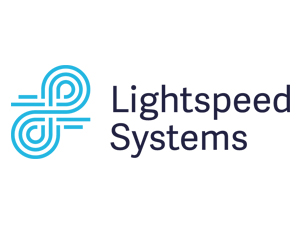The Remote Learning Challenges Schools Are Facing
School districts may encounter a number of tech-related hurdles as they shift to remote learning, including the following.
- Visibility: Why hasn’t a particular teacher implemented Zoom meetings? Why haven’t certain students shown up for online learning? Administrators can’t address these questions until they have visibility into online activity. “Visibility into the data is the first step that we can take,” Thomas says. “You need to know where devices are physically located, whether they are they connected to the internet, how they are being used. That is the starting point for empowering remote learners.”
- Equity: Not all students have equal access to devices or bandwidth. Visibility empowers administrators to see where these inequalities are having an adverse impact. “When you know what’s going on, then you can begin to effectively address the underlying issues of equity that may be driving the situation,” Thomas says.
- Efficacy: Leadership also needs tools to determine whether online education is in fact driving educational outcomes, regardless of where or how students are learning. “Some students are on a student-owned device on their home network. Some students are on the Chromebooks that the school bought. Some students are on an iPad because somebody else had to use the Chromebook inside their family,” Thomas says. “You need the ability to track efficacy across all those varied platforms.”
- Compliance: The Children’s Internet Protection Act (CIPA) aims to ensure students are safe from inappropriate online content and contact. The Children’s Online Privacy Protection Act (COPPA) safeguards student data. In the remote learning environment, there is renewed urgency among school administrators to ensure compliance with these key guidelines.
Districts also have an obligation to protect students’ physical safety. Without daily, in-person contact, however, it can be hard to know if a student is facing physical abuse or other dangerous conditions.
In the face of these myriad challenges, technology offers a way forward.













